Horse Serum (HS)
Laboratories across the world use Horse Serum (HS) as a growth source for many cell types In vitro. HS provides proper growth for human Embryo Fibroblast as well as models of hepatitis. PurMa Biologics collects US origin Horse Serum (HS).
Description
Background
Laboratories around the globe use Horse Serum (HS) to support the growth of many cell types In vitro. HS provides proper growth for human Embryo Fibroblast as well as models of hepatitis. Moreover, it performs well with U937 macrophage, Human lymphocytes as well as blood cells including cord blood cells, T and B lymphocytes We collect Horse Serum (HS) from foals less than 12 months old.
Horse Serum (HS) Vs. Fetal Horse Serum (FHS)
- HS Contains approximately two folds protein compared to fetal horse serum (FHS), among them, are Iggs and other antibodies.
- Contains fewer growth factors than fetal horse serum, however, is proven to be adequate for the above-mentioned cell lines.
- Importantly, it is much more cost-effective than Fetal Horse Serum (FHS).
Special Features
- PurMa™ Horse Serum (HS) has US origin.
- PurMa™ Horse Serum (HS) has been triple-filtered through 0.1 µM filters.
- PurMa Biologics sterilizes HS with gamma irradiation methodology.
- PurMa Biologics performs heat-inactivation on our HS.
- Has been tested for mycoplasma as well as endotoxin (see below), see the certificate of analysis.
- Has been tested on multiple cell lines, such as Hek293, COS1, and NS1 cells.
Analysis
The Analysis performed on all PurMa™ Bovine and Horse Serums: Routine Pathological Analysis on PurMa™ Bovine and Horse Serums
References
- Effect of horse serum on neural cell differentiation in tissue culture. Fedoroff et al. In Vitro. 1979 Aug;15(8):641-8. doi: 10.1007/BF02623400. PMID:
- Changes in serum influence the fatty acid composition of established cell lines. Stoll et al. In Vitro. 1984 Sep;20(9):732-8. doi: 10.1007/BF02618879. PMID:
- Serum and growth factor requirements for proliferation of human adrenocortical cells in culture: comparison with bovine adrenocortical cells. Hornsby et al. In Vitro. 1983 Nov;19(11):863-9. doi: 10.1007/BF02618166. PMID:
| Methodology | Unit measured | Accepted level | Result |
| Sterility (Current USP and EP 2.6.1 for Bacteria & Fungi) | NA | Not Detected | Not Detected |
| pH | N/A | measured | 6.58 |
| Osmolality (USP 785) mOsm/KgH2 | mOsm/KgH20 | 280-340 | 288 |
| Hemoglobin (Fleming & Woolf) | mg/dL | <25 | 12.9 |
| Endotoxin (USP 85) | EU/mL | <20 | <0.100 |
| Mycoplasma (Barile & Kern; Large Volume, Direct Culture) | NA | Not Detected | Not Detected |
| IgG | Elliza | Measured | 0.19 ug/ml |
| Albumin | Eliza | Measured | ≤ 4.6 g/dL |
| Virus Testing | |||
| Horse Rhinopneumonitis/Equine Herpesvirus (EHV) | NA | Not Detected | Not Detected |
| Horse Equine Encephalomyelitis | NA | Not Detected | Not Detected |
| Horse Equine Infectious Anemia Virus (EIA) | NA | Not Detected | Not Detected |
| Horse West Nile Virus | NA | Not Detected | Not Detected |
| Rabies | NA | Not Detected | Not Detected |
| Reovirus | NA | Not Detected | Not Detected |
| Cytopathogenic Agents (IBR) | NA | Not Detected | Not Detected |
| Hemadsorbing Agents (PI3) | NA | Not Detected | Not Detected |
| Bluetongue | NA | Not Detected | Not Detected |
Additional information
| Size | 1 x 50 ml, 1 x 500 ml |
|---|
34 reviews for Horse Serum (HS)
Only logged in customers who have purchased this product may leave a review.

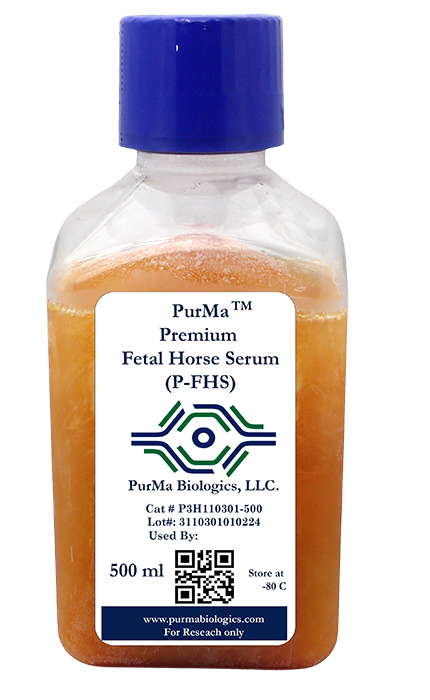
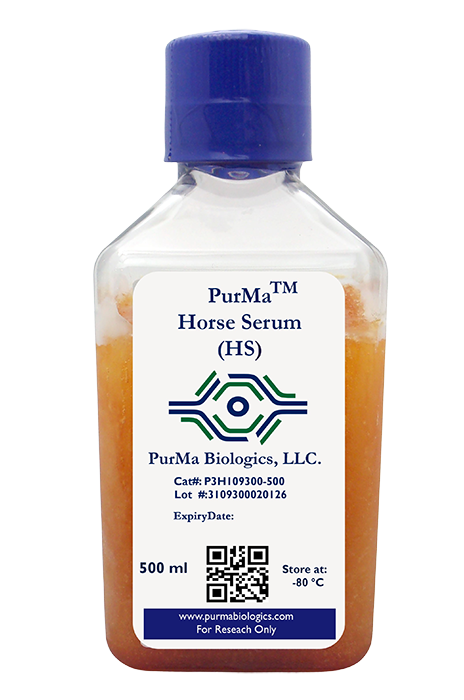
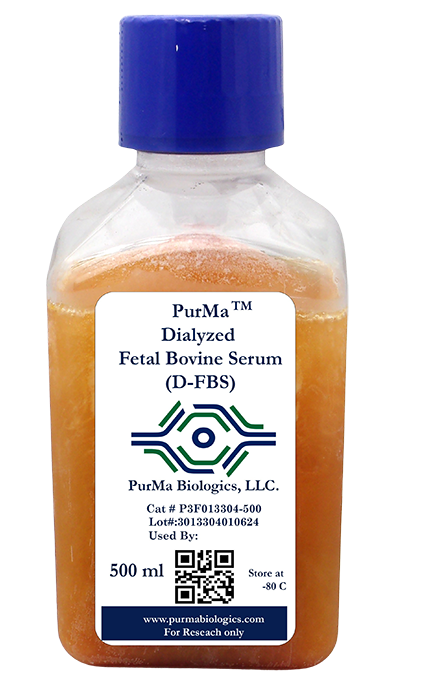
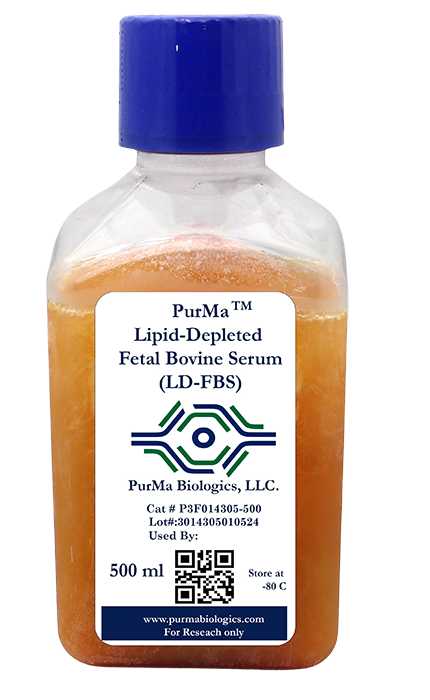
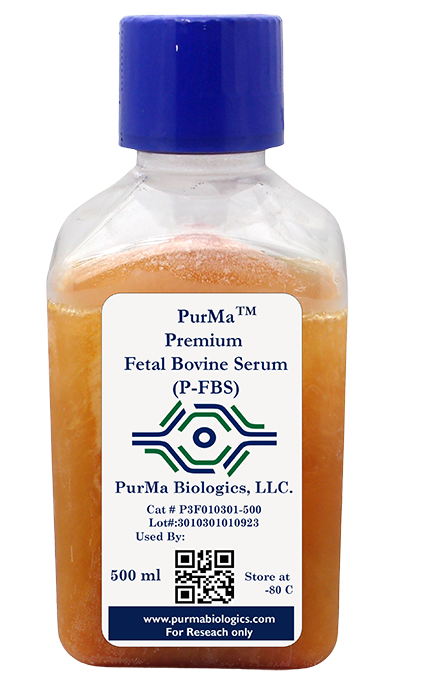






azadi@live.ca –
Review: we have purchased Lipid Depleted FBS , DMEM F12 …. they were good quality and decent price
Have you purchased: Yes
Time of submission: 29-Jan-2025 23:10:30
Ease of placing the order: 5/5
Anonymous –
Review:
Have you purchased:
Time of submission: 21-Feb-2025 15:30:00
Ease of placing the order: ‘not given’
Gregory-Mullen@ouhsc.edu –
Review: We buy *all* of our cell culture media, fetal bovine sera, and lipid-depleted sera from PurMa. The quality of their reagents is absolutely top-notch, giving us reliable, repeatable results in our experiments. We highly recommend PurMa!
Have you purchased: Yes
Time of submission: 21-Feb-2025 15:46:22
Ease of placing the order: 5/5
Anonymous –
Review:
Have you purchased:
Time of submission: 24-Feb-2025 13:50:14
Ease of placing the order: ‘not given’
lrothblu@ouhsc.edu –
Review: Serum worked beautifully. Cells grew well and had their usual cycle time. Tissue culture medium also worked very well.
Have you purchased: It is my first Purchase
Time of submission: 24-Feb-2025 13:53:22
Ease of placing the order: 5/5
Anonymous –
Review:
Have you purchased:
Time of submission: 27-Feb-2025 17:42:44
Ease of placing the order: ‘not given’
Anonymous –
Review:
Have you purchased:
Time of submission: 05-Mar-2025 16:31:44
Ease of placing the order: ‘not given’
michael-rudolph@ouhsc.edu –
Review: I have worked directly with PurMa biologics on a number of projects ongoing in my lab. I find the media and the specialty Lipid Depleted Serum to be high quality and very consistent among batches, which is critical to our adipogenesis projects using primary stem cells. Also, the service from PurMa is outstanding for my lab.
Have you purchased: Yes
Time of submission: 05-Mar-2025 16:35:21
Ease of placing the order: 5/5
Anonymous –
Review:
Have you purchased:
Time of submission: 05-Mar-2025 17:29:13
Ease of placing the order: ‘not given’
Anonymous –
Review:
Have you purchased:
Time of submission: 10-Mar-2025 14:32:38
Ease of placing the order: ‘not given’
jkurien@hausbio.com –
Review: We have been working with PurMa biologics for the past several years , we buy cell culture related media like DMEM F12 and EMEM and Fetal Bovine Serum . We appreciate the high quality and reasonable price, and great customer service.
Have you purchased: Yes
Time of submission: 12-Mar-2025 12:34:09
Ease of placing the order: 5/5
hyeungk1968@gmail.comthe –
Review: I used Lipid Free horse serum of PurMa Biologics.
The quality is great!
Have you purchased: Yes
Time of submission: 17-Mar-2025 12:09:58
Ease of placing the order: 5/5
jaya-krishnan@omrf.org –
Review: I started my lab using the regular Gibco media components. We have shifted to Purma past 6 months and see no difference in the quality of our cell culture. Simply saying that Purma is cheaper, quicker to deliver and as good as Gibco. The best part was that Purma customized several media for our fish cell lines which was really helpful. Lastly, Seif walked through the customization of media over Zoom, that gave a lot of confidence for using those media solutions.
Have you purchased: Yes
Time of submission: 17-Mar-2025 14:22:58
Ease of placing the order: 4/5
tayyab-afzal@omrf.org –
Review: We bought Premium FBS and DMEM cell culture media from PurMa Biologics. We are using them for several mammalian cell line and primary cell culture and the cell growth is perfectly fine. We are totally satisfied with the product quality. Importantly as local vendor, we can have the product available as per our demand ASAP.
Have you purchased: Yes
Time of submission: 18-Mar-2025 10:01:50
Ease of placing the order: 5/5
Fitzkr@gmail.com –
Review: We purchase everything we need related to cell and tissue culture from PurMa, reagents like: DMEM, LL15, EMEM, FBS, trypsin, antibiotics mix100X and…
Always great quality, fast processing and shipping.
We are totally satisfied.
Have you purchased: Yes
Time of submission: 22-Mar-2025 10:47:00
Ease of placing the order: 5/5
vmadka@ouhsc.edu –
Review:
Have you purchased: Yes
Time of submission: 24-Mar-2025 15:02:40
Ease of placing the order: 4/5
Anupam-Mandal@ouhsc.edu –
Review: Excellent
Have you purchased: Yes
Time of submission: 24-Mar-2025 15:05:43
Ease of placing the order: 5/5
rohan-varshney@ouhsc.edu –
Review: Reliable and dependable products. We purchased lipid-depleted FBS (LD-FBS) from PurMa Biologics and it worked great. We cross-checked the lipid content in the serum by GC-MS and Triglyceride assay and as advertised, did not find any lipids in the FBS.
Have you purchased: Yes
Time of submission: 24-Mar-2025 15:06:38
Ease of placing the order: 5/5
Surendra-Shukla@ouhsc.edu –
Review: Very fast, efficient, and economic service. Great for new PIs like me.
Have you purchased: Yes
Time of submission: 25-Apr-2025 14:00:04
Ease of placing the order: 5/5
vmadka@ouhsc.edu –
Review:
Have you purchased: Yes
Time of submission: 24-Mar-2025 15:02:40
Ease of placing the order: 4/5
Anupam-Mandal@ouhsc.edu –
Review: Excellent
Have you purchased: Yes
Time of submission: 24-Mar-2025 15:05:43
Ease of placing the order: 5/5
anil-singh@ouhsc.edu –
Review: NA
Have you purchased: Yes
Time of submission: 25-Mar-2025 10:11:14
Ease of placing the order: 5/5
Surendra-Shukla@ouhsc.edu –
Review: Best quality products, best price.
Have you purchased: Yes
Time of submission: 18-Apr-2025 09:51:03
Ease of placing the order: 5/5
madhusmita-rout@ouhsc.edu –
Review:
Have you purchased: Yes
Time of submission: 21-Apr-2025 11:15:46
Ease of placing the order: 5/5
alexholloway@mesogen.com –
Review: This serum appears to be a high quality product and worked well for our needs. Purma has an extensive catalog for cell culturing supplies which we are glad we came across.
Have you purchased: It is my first Purchase
Time of submission: 24-Apr-2025 16:54:29
Ease of placing the order: 5/5
jkurien@hausbio.com –
Review: We have been working with PurMa biologics for the past several years , we buy cell culture related media like DMEM F12 and EMEM and Fetal Bovine Serum . We appreciate the high quality and reasonable price, and great customer service.
Have you purchased: Yes
Time of submission: 12-Mar-2025 12:34:09
Ease of placing the order: 5/5
lrothblu@ouhsc.edu –
Review: Serum worked beautifully. Cells grew well and had their usual cycle time. Tissue culture medium also worked very well.
Have you purchased: It is my first Purchase
Time of submission: 24-Feb-2025 13:53:22
Ease of placing the order: 5/5
hyeungk1968@gmail.comthe –
Review: I used Lipid Free horse serum of PurMa Biologics.
The quality is great!
Have you purchased: Yes
Time of submission: 17-Mar-2025 12:09:58
Ease of placing the order: 5/5
jaya-krishnan@omrf.org –
Review: I started my lab using the regular Gibco media components. We have shifted to Purma past 6 months and see no difference in the quality of our cell culture. Simply saying that Purma is cheaper, quicker to deliver and as good as Gibco. The best part was that Purma customized several media for our fish cell lines which was really helpful. Lastly, Seif walked through the customization of media over Zoom, that gave a lot of confidence for using those media solutions.
Have you purchased: Yes
Time of submission: 17-Mar-2025 14:22:58
Ease of placing the order: 4/5
michael-rudolph@ouhsc.edu –
Review: I have worked directly with PurMa biologics on a number of projects ongoing in my lab. I find the media and the specialty Lipid Depleted Serum to be high quality and very consistent among batches, which is critical to our adipogenesis projects using primary stem cells. Also, the service from PurMa is outstanding for my lab.
Have you purchased: Yes
Time of submission: 05-Mar-2025 16:35:21
Ease of placing the order: 5/5
tayyab-afzal@omrf.org –
Review: We bought Premium FBS and DMEM cell culture media from PurMa Biologics. We are using them for several mammalian cell line and primary cell culture and the cell growth is perfectly fine. We are totally satisfied with the product quality. Importantly as local vendor, we can have the product available as per our demand ASAP.
Have you purchased: Yes
Time of submission: 18-Mar-2025 10:01:50
Ease of placing the order: 5/5
Fitzkr@gmail.com –
Review: We purchase everything we need related to cell and tissue culture from PurMa, reagents like: DMEM, LL15, EMEM, FBS, trypsin, antibiotics mix100X and…
Always great quality, fast processing and shipping.
We are totally satisfied.
Have you purchased: Yes
Time of submission: 22-Mar-2025 10:47:00
Ease of placing the order: 5/5
Gregory-Mullen@ouhsc.edu –
Review: We buy *all* of our cell culture media, fetal bovine sera, and lipid-depleted sera from PurMa. The quality of their reagents is absolutely top-notch, giving us reliable, repeatable results in our experiments. We highly recommend PurMa!
Have you purchased: Yes
Time of submission: 21-Feb-2025 15:46:22
Ease of placing the order: 5/5
azadi@live.ca –
Review: we have purchased Lipid Depleted FBS , DMEM F12 …. they were good quality and decent price
Have you purchased: Yes
Time of submission: 29-Jan-2025 23:10:30
Ease of placing the order: 5/5